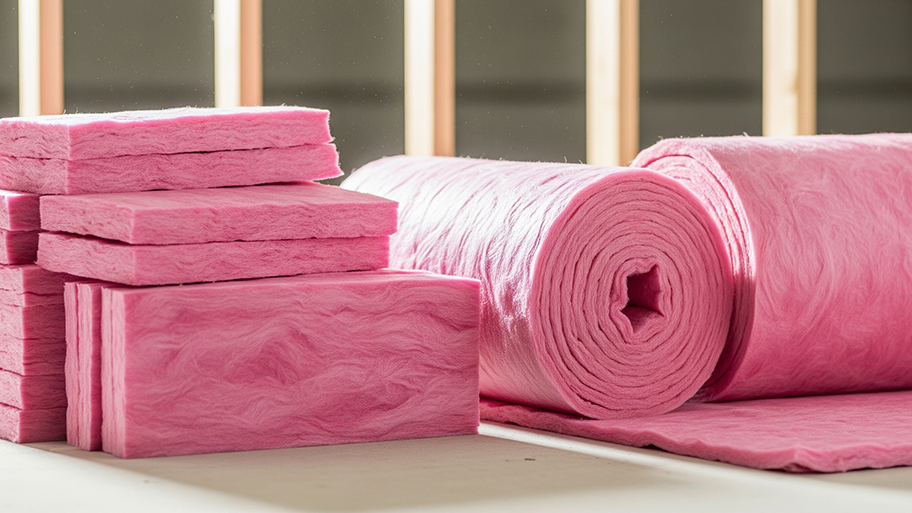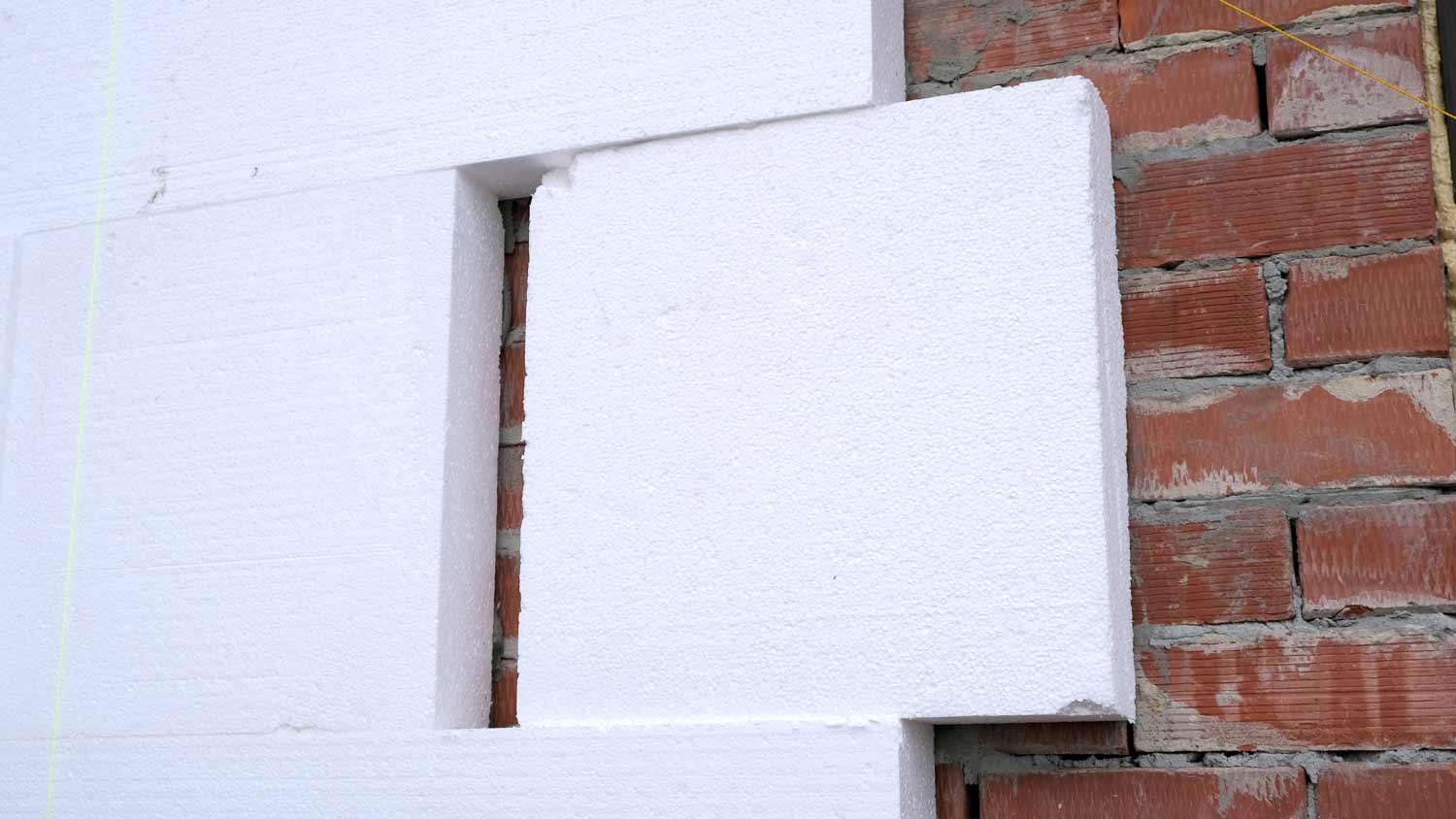
Crawl space insulation costs vary by size, insulation type, and material. Read this guide to learn how much your crawl space insulation could cost.
Location, location, location: Where you install insulation matters


EPS and XPS insulation are types of foam board insulation made from polystyrene.
The major difference between the two is how they are made.
EPS insulation is molded, while XPS insulation is extruded.
The best one for your project depends on your budget and where you add it.
If you want to improve the comfort of your home while keeping your energy bills in check, adding insulation is the way to go. Understanding the different types of insulation and the benefits or drawbacks of each can help you make the best choice. When it comes to foam board insulation, you have two options: EPS versus XPS insulation. Learn the difference and see if one is right for you.
Both EPS and XPS are made from polystyrene, a type of polymer. They're both suitable for use in roofs, walls, and foundations. But that's where the similarities end. EPS is the more budget-friendly of the two and offers better thermal resistance over time. Meanwhile, XPS has greater moisture resistance and compressive strength.

EPS insulation is a type of rigid, closed-cell foam board insulation. It's made from polystyrene beads that are molded and shaped after being exposed to a blowing agent. The blowing agent causes the beads to expand, trapping air in between.
| Pros | Cons |
|---|---|
| Lower cost | Fragility |
| Retained R-Value | Lower moisture resistance |
| Recyclable | Not pest-proof |
Best for:
Budget-conscious homeowners
Insulating areas not exposed to lots of moisture
EPS insulation is by far the more budget-friendly option, with a price tag that can be up to 30% lower per board foot for the same R-value.
Speaking of R-value, EPS has better R-value retention compared to XPS, meaning it's able to provide effective insulation for considerably longer. And, when it's time to replace EPS, it's much easier to recycle.
EPS insulation is lightweight, which can work in its favor and against it. The lighter weight and the construction of the foam board means that it is rather fragile, putting it at risk of damage during installation. It also has a lower moisture resistance than XPS, meaning it's not always the best choice for below-grade installation.
Another drawback is that pests, such as mice, rats, and insects, can chew through it.

Like EPS, XPS insulation is also made from polystyrene beads. However, it is shaped and formed using an extruding machine, rather than a mold.
| Pros | Cons |
|---|---|
| Greater strength | Higher cost |
| Better moisture resistance | Heavier weight |
| Initially higher R-Value | Trickier to recycle |
Best for:
Areas that are prone to moisture
Under floors or in other structural applications
Extruding, rather than molding, XPS insulation makes it considerably stronger than EPS. Its greater compressive strength means it is the appropriate pick for use in structural applications, such as underneath flooring. The manufacturing process of XPS also makes it better able to resist moisture than EPS.
Upon initial installation, XPS insulation has a better R-value than EPS. However, as time goes by, the material off-gasses, decreasing the insulating ability of XPS.
XPS is sturdier than EPS, which should seem to work in its favor. However, that sturdiness contributes to a heavier weight, making it more difficult to handle and install, leading to a higher installation cost. Additionally, XPS foam board has a higher price point per board foot compared to EPS.
When it comes time to replace XPS, it can be more difficult to find a recycling facility. The manufacturing process of XPS also has more detrimental environmental effects than that of EPS. Producing XPS involves the use of hydrochlorofluorocarbons (HCFC), which can deplete the ozone layer.
How does EPS compare to XPS in terms of features and use? Take a close look at where each option shines.
EPS and XPS insulation both have advantages regarding durability. When it comes to R-value retention, EPS is the winner, meaning it will keep your home comfortable for longer.
However, XPS is the stronger product, thanks to its greater compressive strength and better ability to resist moisture, pests, and other damage.
Concerning insulation cost, EPS is the hands-down winner, thanks to its lower price per board foot. Its lighter weight can also make it the more budget-friendly pick for installation, helping you save on labor costs.
Whether you choose XPS or EPS, you should find someone who installs insulation to do the job for you. That's because each option can be somewhat tricky to install. EPS weighs less, so it's easier to maneuver, but its lighter weight can also make it easier to damage during installation. XPS is sturdier but can be heavy, requiring more labor during installation.
In most cases, your best bet, whether you're going with EPS or XPS, is to work with a professional insulation company near you. Installing either type of foam board insulation can be tricky and a mistake can negatively impact the product's effectiveness.
If you're installing foam board insulation in an area that gets a lot of moisture, XPS is your best bet, thanks to its greater ability to resist moisture absorption.
EPS wins when it comes to eco-friendliness. For one thing, it's easier to recycle than XPS. For another, it has a cleaner manufacturing process, as it doesn't require the use of HCFCs or other ozone-depleting chemicals. XPS boards are often dyed colors such as green or pink. The dyes used to produce XPS can also have an environmental impact.
What is R-value? It stands for resistance value and refers to how well insulation keeps heat in or out of a home. Foam board insulation can lose R-value over time. That's especially the case for XPS, which may start out with a higher R-value than EPS. But as the material off-gasses, the R-value decreases, meaning EPS is the winner in the long run.
XPS is the stronger and sturdier of the two, making it the better pick for installation in structurally important areas, such as underneath flooring.
From average costs to expert advice, get all the answers you need to get your job done.

Crawl space insulation costs vary by size, insulation type, and material. Read this guide to learn how much your crawl space insulation could cost.

New insulation can make your home more comfortable and boost energy efficiency. Use this insulation cost guide to get an accurate estimate for the installation.

The cost of blown-in insulation costs varies depending on the type of insulation, labor, prep work, and more. Learn more about the cost factors in this guide.

How does a radiant barrier work? This alternative insulation is effective at cooling a home, but its unique mechanism won’t provide the same heating benefits.

Weigh the pros and cons of spray foam insulation before choosing an insulation to keep your home comfortable.

Are you wondering how to install foam board insulation? This step-by-step guide can help you decide whether you can tackle the project yourself or if you're better off calling a pro.